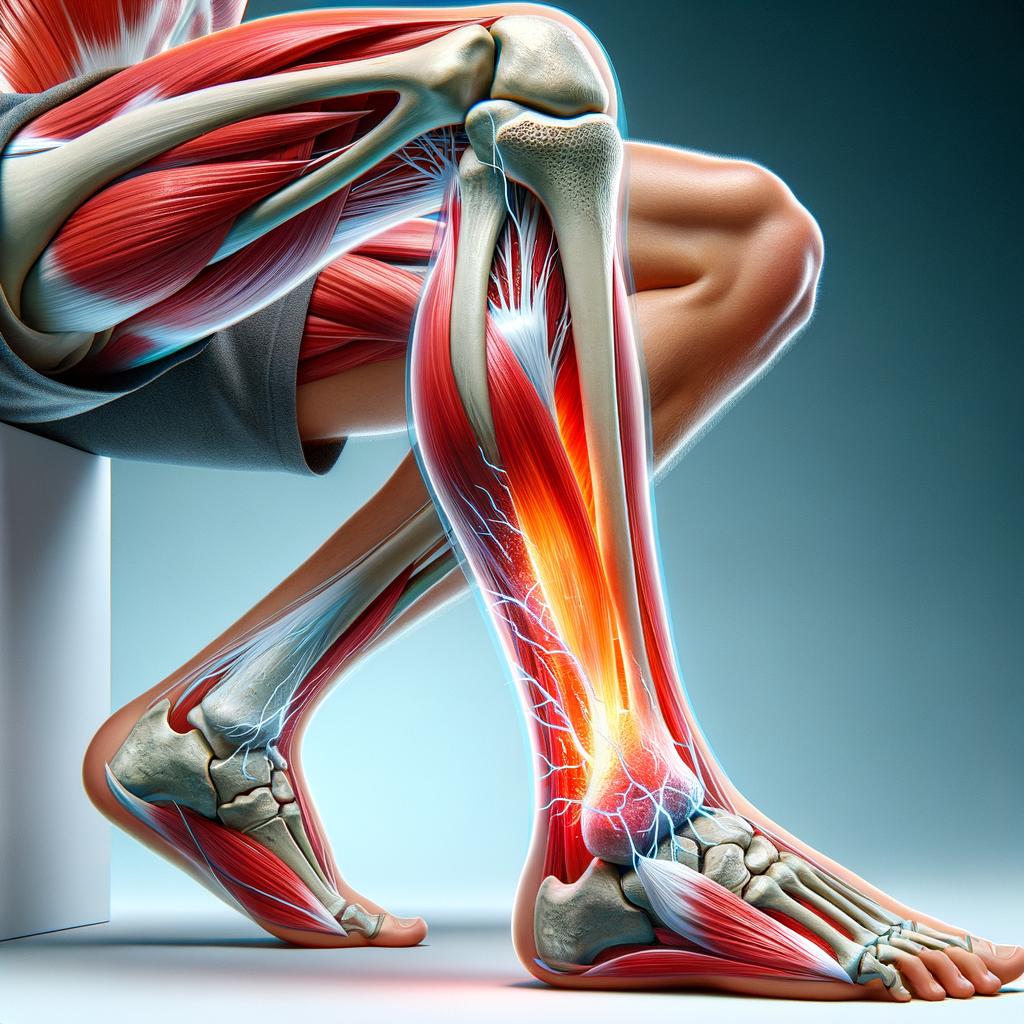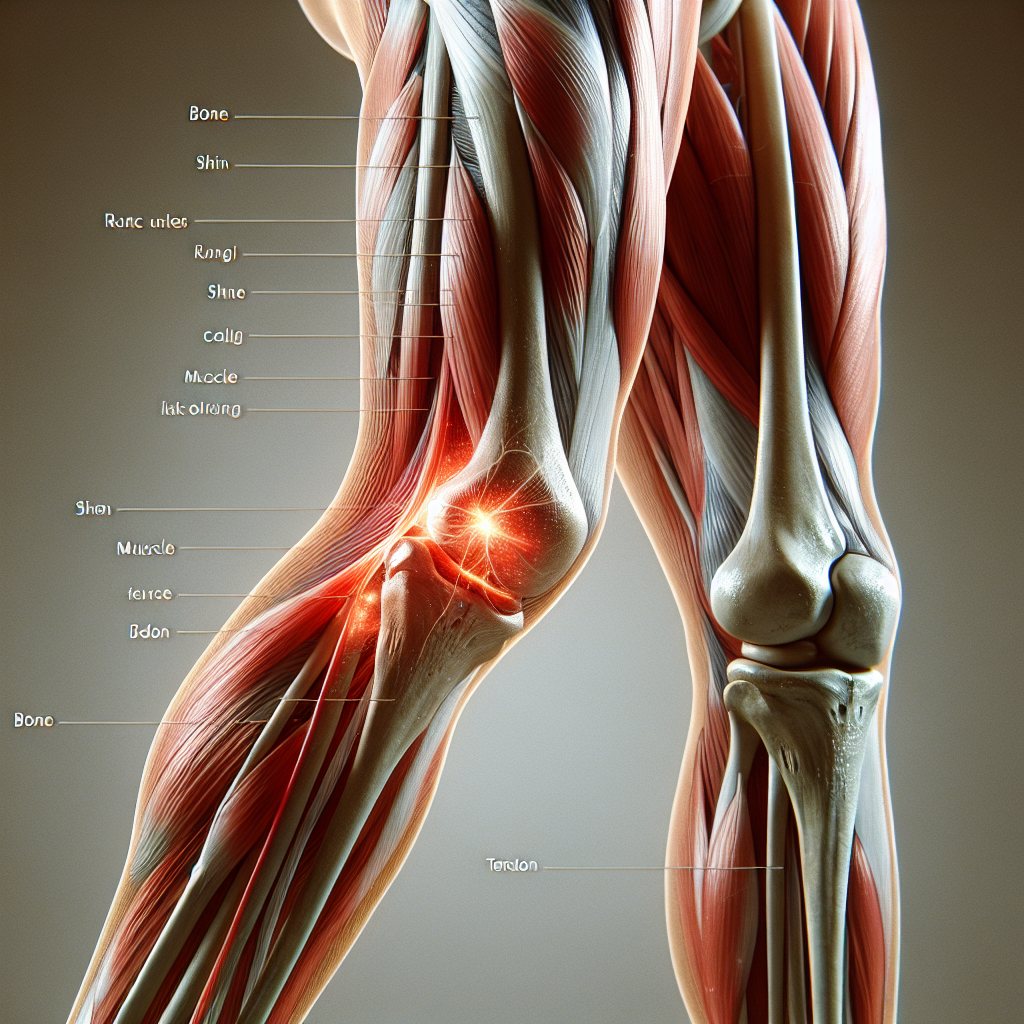Understanding Shin Splints Injury: Causes, Symptoms, and Treatment

Shin splints, medically known as medial tibial stress syndrome, is a common injury that affects athletes, particularly runners, dancers, and military recruits. This condition is characterized by pain along the inner edge of the shinbone (tibia). Understanding shin splints, its causes, symptoms, and treatment options can help prevent this injury and ensure a quick recovery if it occurs.
What are Shin Splints?
Shin splints refer to the pain felt along the shinbone, the large front bone in the lower leg. This condition is common in people who engage in moderate to high-intensity activities such as running or jumping. According to the American Academy of Orthopaedic Surgeons, shin splints account for 10-20% of all running injuries and 60% of pain in the lower leg.
Causes of Shin Splints
- Overuse: Engaging in high-intensity or prolonged physical activity, especially without proper conditioning, can cause shin splints.
- Improper footwear: Wearing shoes that are worn out or don’t fit properly can also contribute to this condition.
- Hard surfaces: Running on hard surfaces like concrete can put extra stress on your shins.
- Flat feet or high arches: These foot conditions can increase the risk of shin splints by altering the mechanics of your stride.
Symptoms of Shin Splints
The primary symptom of shin splints is pain in the lower leg. This pain may be sharp or dull, and it usually occurs during or after physical activity. Other symptoms may include swelling in the lower leg or tenderness and soreness along the inner part of the lower leg.
Treatment for Shin Splints
Shin splints are usually treated with rest, ice, and over-the-counter pain relievers. In more severe cases, physical therapy or orthotics may be recommended. If left untreated, shin splints can lead to more serious conditions like stress fractures.
Preventing Shin Splints
Prevention is always better than cure. Here are some tips to prevent shin splints:
- Gradually increase your activity level.
- Wear proper footwear.
- Run on softer surfaces when possible.
- Include strength training and stretching in your fitness routine.
Conclusion
Shin splints are a common but preventable injury. By understanding the causes and symptoms, you can take steps to prevent this condition and seek prompt treatment if it occurs. Remember, it’s important to listen to your body and not push through the pain. If you suspect you have shin splints, seek medical advice to ensure a proper diagnosis and treatment plan.
Meta Keywords: Shin Splints, Shinbone Pain, Running Injuries, Lower Leg Pain, Shin Splints Treatment, Shin Splints Prevention, Medial Tibial Stress Syndrome
Tags: Shin Splints, Running Injuries, Lower Leg Pain, Shin Splints Treatment, Shin Splints Prevention
Featured Image: Cartoonish image of a runner with shin splints, highlighting the shinbone area.







